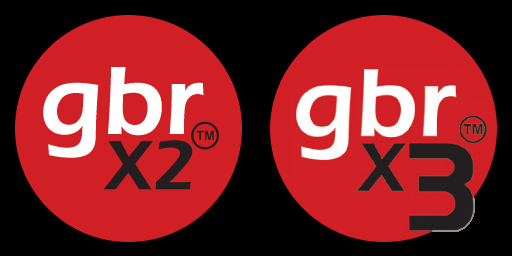The component outline and location of the key pin are important visual cues for the operators who mount components on a PCB. This is especially true for polarized components with a symmetrical footprint.
Outlines
Component outlines typically follow one of four patterns:
- Body tightly encloses the component body
- Lead-to-lead encloses the component body and all component leads
- Footprint tightly encloses all of the component pads
- Courtyard encloses the footprint and the component body
By default, Footprint outlines are created, though this may be overridden by pressing the Ctrl key to create a Body outline. The procedure is:
- Double-click on a component in the component list to select it and make it visible in the viewer.
- Left-click and draw a rectangle around all of the component pads. A Footprint outline (which tightly encloses the selected pads) is created.
- If you press Ctrl when drawing, then instead the drawn rectangle becomes the Body outline.
- The outline will be applied to all instances of the selected component.
Note: If a component pad (from the originally imported Gerber data) is drawn (as one or more wide lines/arcs) rather than flashed (as a single shape object) then it will not be identified as a pad in the above procedure. In cases where no pads are found within the selection rectangle, the selection rectangle is used to define a Body outline.
Right-click on a component or component instance to delete it's outline. If an instance is chosen, then only that instance's outline will be deleted. If a component is chosen then the outline will be deleted from all instances of that component.
Key pins
The key pin of a component is pin 1, pin A1, Cathode or Plus. Marking the location of the key pin gives operators a reliable visual reference to the component rotation. This is especially important for PnP components, to help insure that the specified rotation is correct when programming the automatic placement machine.
IPC-7351 specifies the most commonly used definition of component orientation. For an unrotated component, when viewed from above, the key pin is at the left (for 2-pin components). For multi-pin components it is near the upper left corner (or upper center) of the component outline.
To mark the key pin of a component, do the following:
- Double-click on a component in the component list to select it and make it visible in the viewer.
- Left-click and draw a rectangle around the pad for pin 1 (or A1 or Cathode or Plus).
- The key pin will be marked for all instances of the selected component.
Note: If a component pad (from the originally imported Gerber data) is drawn (as one or more wide lines/arcs) rather than flashed (as a single shape object) then it will not be identified as a pad in the above procedure. In cases where no pads are found within the selection rectangle, the (center of the) selection rectangle is used.
Right-click on a component or component instance to delete it's key pin. If an instance is chosen, then only that instance's key pin will be deleted. If a component is chosen then the key pin will be deleted from all instances of that component.




